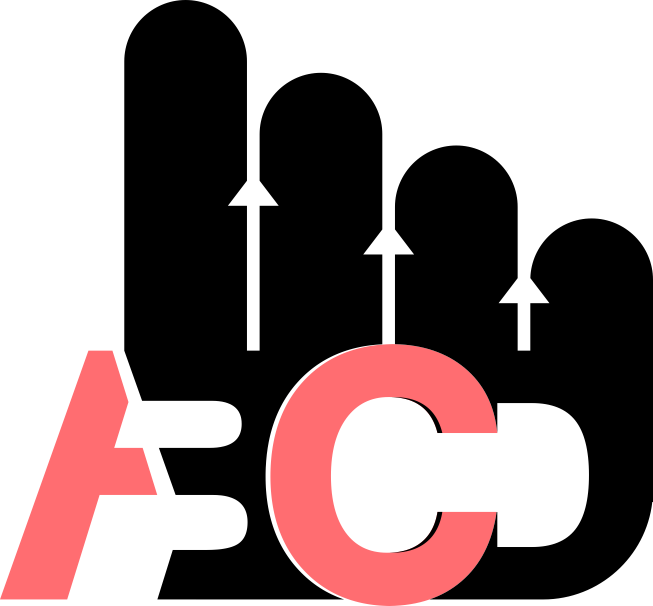Prescription System, Administration of Drug and Medication Dispensing Errors in Treatment Process of Inpatients of Teaching Hospitals in Erbil City
DOI:
https://doi.org/10.56056/amj.2018.47Keywords:
Doctor, Medication errors, Nurse, PharmacistAbstract
Background and objectives: Prescription and medication dispensing errors can cause a significant threat to pa - tient’s safety. This study aimed to evaluate the prescription errors and inpatients’ medication dispensing errors in the treatment processes in teaching hospitals in Erbil city.
Methods: This is a case study that investigating 3145 inpatient records in Rizgary and Hawler teaching Hospitals. The study was done in the period between April 1st 2017 and November 30th, 2017. Medical, surgical, and neurological patients` records were included. Infants, children and maternal records were excluded from the study.
Results:According to the categorizing medication errors Algorithm Index, (67%) of errors considered non harmful including spelling (6%), using drug brand names (6%), absence of doctor signature (16%), absence of pharmacist signature (5%), absence of nurse signature (3%), absence of follow up by doctors (2%), patients education before discharge (5%), drug recording on the drug chart by nurse (8%), drug availability16%. Also, 33% of them recorded as harmful; which involved (drug dosing instruction missing, dose inter- val (6%), contraindication (7%), drug-drug interactions (5%), non- laboratory monitoring (2%), sensitivity test of drug (4%), alternative drug (1%), adverse effects (2%), and laboratory monitoring (3%).
Conclusions: Medication errors of Rizgary Teaching Hospital are common. The contraindication, absence of doctors’ signature, drug unavailability, wrong dose, using brand names, lacks of drug recording on the drug chart by nurse, absence of nurse signature are the main medical errors. There was lack of collaboration between doctor, clinical pharmacist and nurses in the hospital.
Downloads
References
National Coordinating Council for Medical Error Reporting and Prevention (NCCMERP) Retrieved September 2, 2012, from http://www. nccmerp.org/about-medications-errors
Jeffrey K A. Medication errors: definitions and classification. Br J Clin Pharmacol. 2009; 67(6): 599–604
Alsulami Z, Conroy S, Choonara I. Medication errors in the Middle East countries: A systematic review of the literature. European Jour- nal of Clinical Pharmacology. 2013; 69. DOI(4. 10.1007/s00228-012- 1435-y)
Weingart S, Wilson R, Gibberd R, Harrison B. Epidemiology of medical errors. BMJ. 2000; 320:774-7.
Slonim A, LaFleur B, Ahmed W, Joseph J. Hospital-reported medical errors in children. Pediatrics. 2003; 111:617-21.
Alsulami Z, Choonara I, Conroy S. Paediatric nurses’ adherence to the double checking process during medication administration in a chil- dren’s hospital: an observational study. J Adv Nurs. 2013;70:1404-1
Mayo A, Duncan D. Nurse perceptions of medication errors: what we nursing care quality. 2004; 19(3):209-17.
Ashcroft D, Birtwistle M, Cooke J, Hingley K, Moore P. When do med- ication errors occur and who reports them? Analysis of a web-based incident reporting scheme in secondary care. International Journal of Pharmacy Practice. 2003; 11:R86-R.
Mihailidis A, Krones L, Boger J. Assistive computing devices: a pilot study to explore nurses’ preferences and needs. Computers Informatics Nursing. 2006; 24(6):328-36.
Ferner R, Aronson J. Clarification of terminology in medication errors: definitions and classification. Drug Saf. 2006; 29:1011–22.
Dean B, Schachter M, Vincent C, Barber N. Causes of prescribing errors in hospital inpatients: a prospective study. Lancet. 2002; 359:1373–8.
Aronson J. Medication errors resulting from the confusion of drug names. Expert Opin Drug Saf. 2004; 3:167–72.
Nolan T. System changes to improve patient safety. BMJ. 2000; 320:771–3.
Levine S, Cohen M, Blanchard N et al. Guidelines for preventing medication errors in pediatrics. The Journal of Pediatric Pharmacology and Therapeutics. 2001; 6: 427-43.
Manal B, Hanan A. Medication error, causes and reporting behaviours as perceived by nurses. Journal of Pharmaceutical and Biomedical Sciences. 2012; 19(17):1-7.
Armitage G, Knapman H. Adverse events in drug administration: a literature review. Journal of nursing management. 2003; 11(2):130-40.
Tang F, Sheu S, Yu S, Wei I, Chen C. Nurses relate the contributing factors involved in medication errors. Journal of clinical nursing. 2007; 16(3):447-57.
Taxonomy of Medication Errors Now Available National Coordinating Council for Medication.Error Reporting and Prevention.from2018 http://www.nccmerp. org/about-medications-errors
National Coordinating Council for Medication Error Reporting and Prevention 2001.
Hepler C, Strand L. Opportunities and responsibilities in pharmaceutical care. Am J Hosp Pharm. 1990; 47: 533–43
Nrupal P, Mira D, Samdih S, Anuradha G. A study of medication errors in a tertiary care hospital. 2016; 7(4): 168–73
Nesreen M, Amira I. The Importance of Medication Errors Re- porting in Improving the Quality of Clinical Care Services 2016 Aug; 8(8): 243–51.
Shahrzad S, Tahir M, Hoi Y, Long C , Wui T. Medication Errors in the Southeast Asian Countries: A Systematic Review. PLoS One. 2015; 10(9): e0136545. Available from: doi: 10.1371/journal.pone.0136545 PMCID: PMC4560405
Carmen G, Ana H, Maria L, et al. Prevalence of medication administration errors in two medical units with automated prescription and dispensing. J Am Med Inform Assoc. 2012; 19(1):72–78
Aronson J. Medication errors: what they are, how they happen, and how to avoid them. An International Journal of Medicine. 2009; 102 (8).p 514-20
WHO Reporting and learning systems for medication errors: the role of pharmaco vigilance centres. World Health Organization. 2014. ISBN 978 92 4 150794 3
Naiire S, Bahare F T. Frequency, type and causes of medication Errors in in Pediatric Wards of Hospitals in Yazd, the Central of Iran. Int J Pediatr 2016; 4(9):3481-85.
Taheri N M, Rassouli M, Kavousi A. Nurses’ perspectives on factors related to medication errors in neonatal and neonatal intensive care units. Iran Journal of Nursing 2013; 25(80):65-74.
Seidi M, Zardosht R. Survey of nurses’ viewpoints on causes of medicinal errors and barriers to reporting in pediatric units in hospitals of Mashhad University of medical sciences. Journal of Fasa University of Medical Sciences 2012; 2(3):142-7.
IMS Institute for Healthcare Informatics. Declining Medicine Use and Costs: For Better or For Worse – A Review of the Use of Medicines in the United States in 2012. Parsippany, NJ: IMS Institute.
Engelberg A. Have Prescription Drug Brand Names Become Generic? The American Journal of Managed Care. 2014. Available from:htp://www.ajmc.com/journals/issue/2014/2014-vol20-n11/have-prescription-drug-brand-names-become-generic
Downloads
Published
Issue
Section
License
Copyright (c) 2023 Ronia Shawkat Kawther, Esra Tariq Anwer

This work is licensed under a Creative Commons Attribution-NonCommercial-ShareAlike 4.0 International License.
The copyright on any article published in AMJ (The Scientific Journal of Kurdistan Higher Council of Medical Specialties )is retained by the author(s) in agreement with the Creative Commons Attribution Non-Commercial ShareAlike License (CC BY-NC-SA 4.0)













